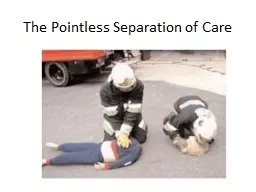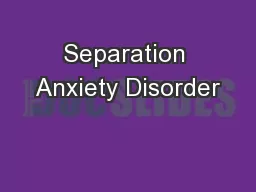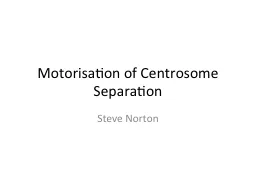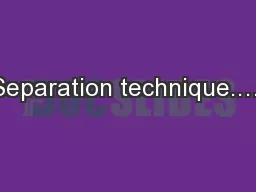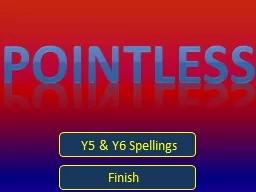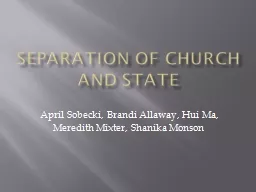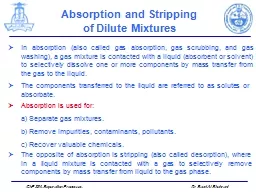PPT-The Pointless Separation of Care
Author : tatyana-admore | Published Date : 2016-03-06
Health Perspective 1 in 4 people will experience a Mental health problem at some time in their life We have introduced open access psychological therapy services
Presentation Embed Code
Download Presentation
Download Presentation The PPT/PDF document "The Pointless Separation of Care" is the property of its rightful owner. Permission is granted to download and print the materials on this website for personal, non-commercial use only, and to display it on your personal computer provided you do not modify the materials and that you retain all copyright notices contained in the materials. By downloading content from our website, you accept the terms of this agreement.
The Pointless Separation of Care: Transcript
Download Rules Of Document
"The Pointless Separation of Care"The content belongs to its owner. You may download and print it for personal use, without modification, and keep all copyright notices. By downloading, you agree to these terms.
Related Documents

